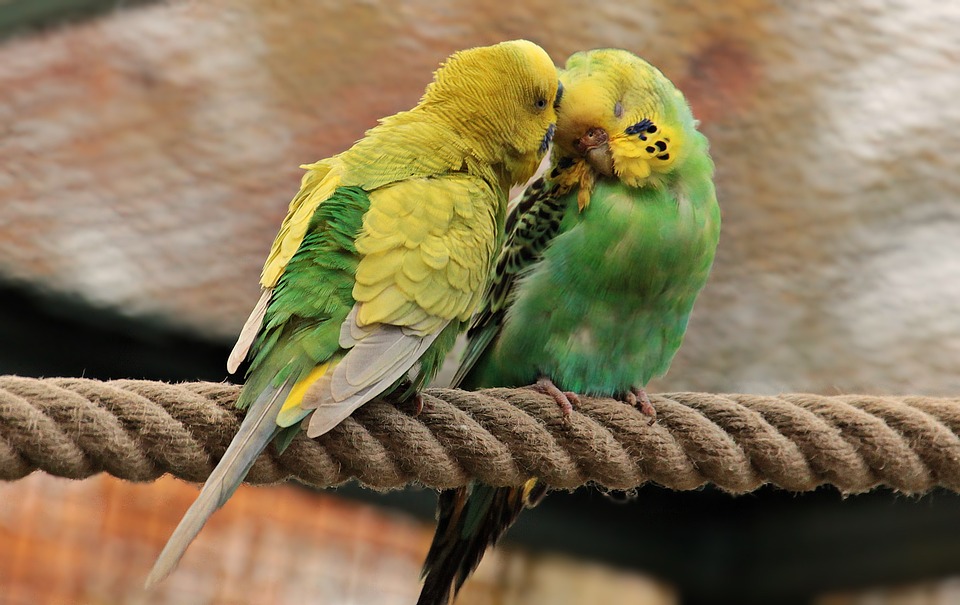Parrots are highly intelligent and social creatures that require mental and physical stimulation to thrive. One crucial aspect of their well-being is the environment they live in, including the perches and swings provided for them. In this article, we will explore the significance of perches and swings in understanding and improving parrot behavior.
Perches are an essential component of a parrot’s living space as they mimic their natural perching habits. In the wild, parrots spend a significant amount of time perching on tree branches, which helps them exercise their feet and maintain balance. By providing perches in their cage, you are giving them the opportunity to engage in their natural behaviors.
It is important to offer a variety of perch sizes and textures to promote foot health and comfort. Different diameters and textures of perches can help exercise and stretch the muscles in their feet. Natural wood perches are a popular choice as they closely resemble tree branches and provide a comfortable grip. Rope perches are also beneficial as they create a more dynamic and challenging surface for your parrot to navigate. PVC perches are easy to clean and sanitize, making them a hygienic option. Cement perches can help trim your parrot’s nails naturally, but they should be used sparingly to avoid excessive wear on the feet.
Proper perch placement is also crucial for a parrot’s well-being. Perches should be positioned at various heights within the cage to encourage movement and exercise. Placing perches near food and water bowls can also promote healthy eating and drinking habits. Additionally, perches should be placed away from drafty areas and should not be positioned directly above or below each other to prevent droppings from falling onto lower perches.
Swings can provide additional benefits to a parrot’s environment. They offer exercise and physical stimulation as the parrot swings back and forth, promoting muscle development and coordination. Swings also provide mental stimulation and enrichment as parrots can enjoy the swinging motion and interact with hanging toys or bells attached to the swing. Furthermore, swings can facilitate bonding and social interaction as parrots may enjoy swinging together or interacting with their human caregivers while on the swing.
In the frequently asked questions section, some common concerns about parrot behavior and perches/swings are addressed. Perches can indeed help prevent foot problems in parrots by providing them with a variety of surfaces to exercise and stretch their feet. The number of perches to provide in a parrot’s cage depends on the size and species of the parrot, but having multiple perches at different heights is generally recommended. Swings are suitable for most parrot species, but it is essential to choose a swing that is appropriately sized for your parrot’s comfort and safety. While perches and swings can contribute to reducing feather plucking behavior, it is important to address the underlying causes of the behavior and provide a stimulating and enriching environment. Perches and swings should be periodically inspected for wear and tear and replaced or rotated as needed to prevent boredom and maintain a stimulating environment.
In conclusion, understanding parrot behavior is crucial for providing them with a suitable living environment. Perches and swings play a significant role in promoting physical and mental well-being, providing exercise, stimulation, and social interaction. By choosing the right perches and swings and considering the specific needs of your parrot species, you can create an enriching environment that contributes to their overall happiness and behavior.









